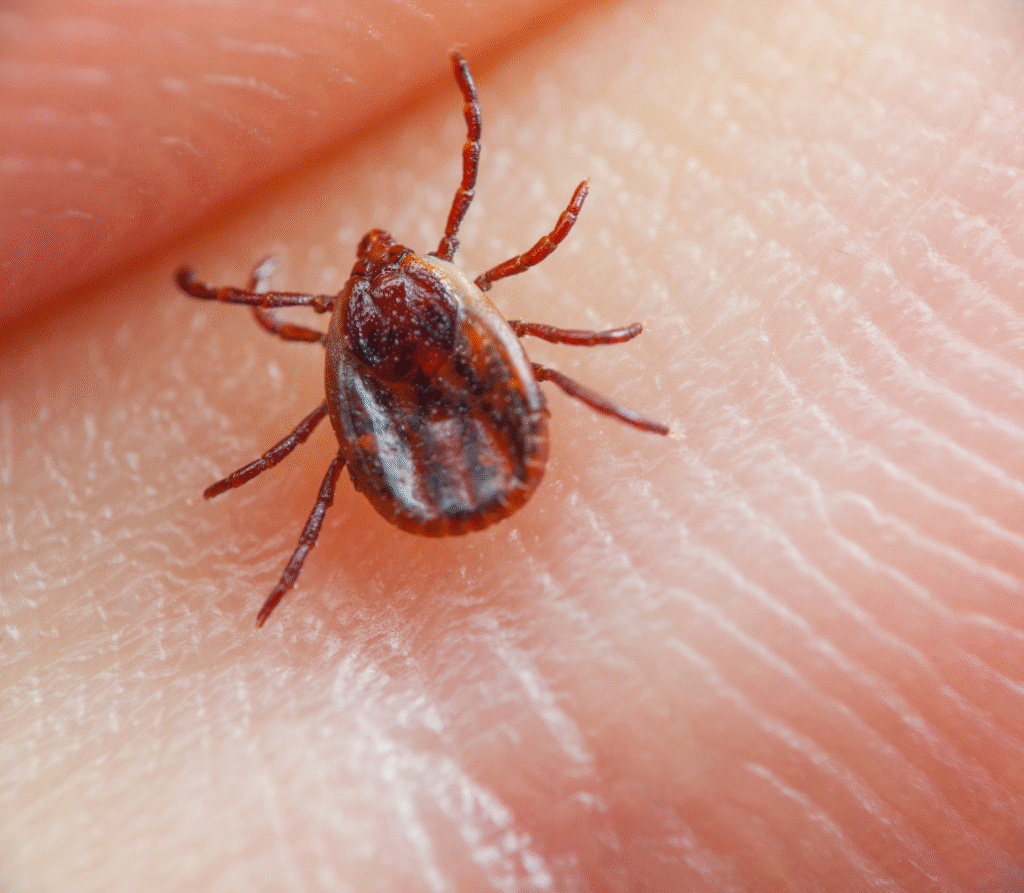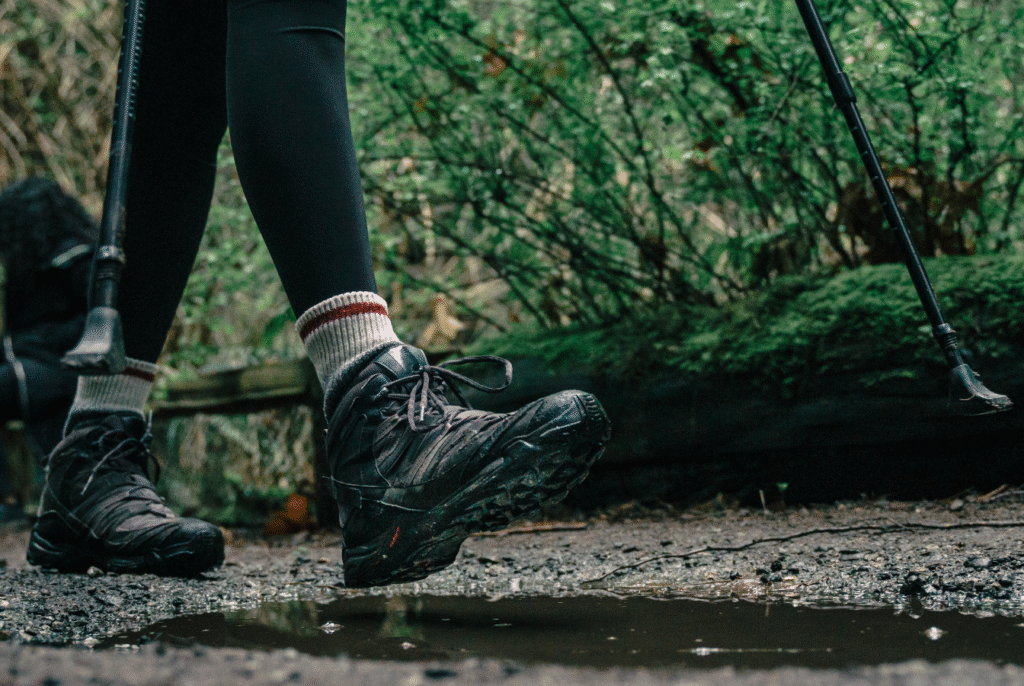I don’t know about you, but I hate ticks! For as long as I can remember, the species that has repulsed me the most is the one that clings to you for a long time, injects you with a local anaesthetic to sneak up on you and refuses to give up when you pull on it! Bring on anacondas, spiders and scorpions, but ticks, NO!
Let’s learn more about ticks to better manage them… or rather… to better keep them away!!!
Global warming has a direct impact on tick populations. Ticks like damp, temperate conditions, and can be seen active as soon as the thaw begins at temperatures as low as 3 degrees!
Milder winters and warmer summers extend the period during which ticks are active. Higher temperatures enable ticks to reproduce more rapidly and survive cold spells that would have killed them in the past.

Ticks are mainly found in wooded environments, meadows and grassy areas, especially during the warm period from May to October. They like damp, shady areas, where they wait patiently for their target. So it’s important to be particularly vigilant when walking in forests, parks or even your own garden.
Here are a few places where you’re most likely to encounter ticks:

Ticks are parasites that feed on the blood of their hosts, whether animals or humans. Although they are relatively small and often difficult to spot, they can nevertheless transmit serious diseases such as Lyme disease. Lyme disease is increasingly common, and is caused by a bacterium called Borrelia burgdorferi, which belongs to a group of bacteria called spirochetes. It is transmitted by the bite of an infected tick. The disease can affect various parts of the body, including the skin, joints, heart and central nervous system.
Prevention is therefore essential to limit the risks.
There are many strategies for avoiding tick bites, and some of them include natural solutions that respect your health and the environment.
When venturing into high-risk areas, it’s important to wear clothing that provides good skin coverage. Opt for long pants, long sleeves and high boots. Or, I like to wear my socks over my pants to keep ticks off my skin.
There are ecological solutions that effectively and safely repel ticks without the need to apply a product based on DEET or synthetic ingredients. These types of products create a barrier that keeps ticks away without harming wildlife! Make sure the product is approved by Health Canada, otherwise you have no proof of its efficacy or safety!
Ticks can easily find their way onto your property, especially if it has wooded or shady areas. Create inviting areas on your property where you can enjoy the warm weather without thinking about ticks. Setting up your table and chairs on a landscaped patio, gazebo or open grassy area will create an environment less conducive to ticks.
After you’ve been in high-risk areas, it’s important to do a thorough inspection of your body and clothing for any ticks that may have latched on. Ticks must be removed quickly to prevent them from transmitting disease. Use fine tweezers to remove them gently.

An insect repellent with lemon eucalyptus is not only an effective and safe solution for repelling ticks, it also offers undeniable benefits for your health and your environment.
We offer a mosquito repellent with lemon eucalyptus, effective in repelling ticks and mosquitoes, while respecting the environment. Our products are based on organic plants that provide protection without risk to your health. Click here to discover our products and enjoy a tick- and mosquito-free summer!
If you live in or frequent areas where ticks are present, it’s essential to protect yourself with appropriate clothing, repellents, and a regular skin check after every outing.
If you find a tick and would like to identify it, or wish to help monitoring the population, the ETick.ca platform is definitely worth consulting!
